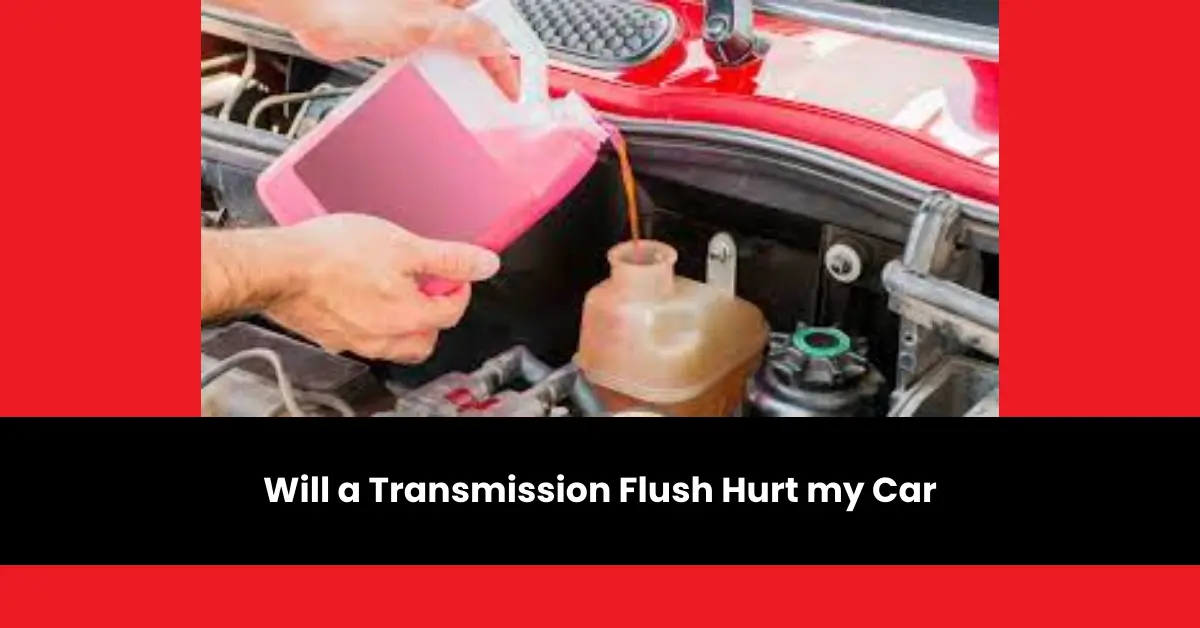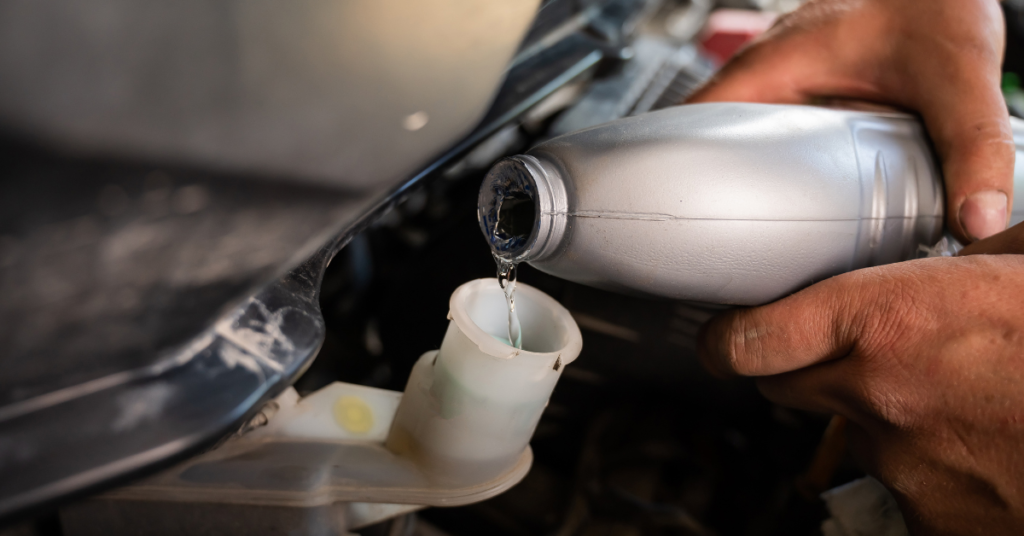
A transmission flush is a maintenance procedure that involves removing old transmission fluid and replacing it with new fluid. It is often recommended by automotive professionals as a way to prolong the life of your transmission and improve its performance.
However, there has been some controversy surrounding the potential risks and benefits of this procedure. In this article, we will explore whether a transmission flush can potentially harm your car and provide you with an informed perspective.
Contents
Understanding Transmission Flush
Before we delve into the potential risks associated with a transmission flush, it is important to understand what the procedure entails. During a flush, a specialized machine is used to pump out the old transmission fluid while simultaneously introducing new fluid into the system.
This process is designed to remove any debris or contaminants that may have accumulated over time, ensuring smoother operation of the transmission.
A transmission flush is different from a transmission fluid change. While a fluid change involves draining the old fluid and replacing it with new fluid, a flush is a more thorough process that flushes out all of the old fluid and contaminants from the entire transmission system.
The Benefits of a Transmission Flush
Improved Transmission Performance
Over time, transmission fluid can become contaminated with debris, which can lead to reduced performance and shifting issues. By removing the old fluid and replacing it with fresh fluid, a transmission flush can potentially enhance the overall performance of your transmission.
The fresh fluid helps to lubricate the transmission components more effectively, allowing for smoother gear shifts and improved power delivery.
Extends Transmission Lifespan
Regular maintenance, including transmission flushes, can help extend the lifespan of your transmission. By eliminating debris and contaminants, you reduce the risk of unnecessary wear and tear on the internal components of your transmission.
This can prevent costly repairs or even the need for a complete transmission replacement in the future.
Enhanced Fuel Efficiency

A well-maintained transmission can contribute to improved fuel efficiency. By ensuring that your transmission is operating at its optimal level, a transmission flush can help maximize your vehicle’s fuel economy.
The fresh fluid helps reduce friction and heat buildup, allowing for more efficient power transfer from the engine to the wheels.
In addition to these benefits, a transmission flush can also help identify any underlying issues with your transmission.
During the flush, a technician can inspect the transmission for any signs of damage or wear and recommend necessary repairs or adjustments.
Will a Transmission Flush Hurt My Car?
While there are numerous benefits associated with a transmission flush, it is essential to consider the potential risks as well. It is important to note that these risks are relatively rare, but they do exist. Some potential risks include:
Dislodging Debris
During the flush, it is possible that the force of the new fluid can dislodge debris that has settled in the transmission. If this debris becomes lodged in a sensitive area, such as a valve body or solenoid, it can cause shifting problems or even damage internal components.
However, a skilled technician will take necessary precautions to minimize the risk of dislodging debris and ensure a thorough flush without causing any harm.
Damaging Old Components
In some cases, older vehicles with high mileage may have worn-out internal components. When a transmission flush is performed, the increased pressure from the new fluid can potentially damage these already worn-out parts.
However, a professional technician can assess the condition of your transmission and determine whether a flush is suitable for your specific vehicle. If there are concerns about the condition of internal components, alternative maintenance options may be recommended.
Inadequate Fluid Replacement

If the flush is not performed correctly or if the wrong type of fluid is used, it can lead to inadequate fluid replacement. Insufficient fluid levels or improper fluid type can negatively impact the transmission’s performance and potentially cause damage.
To avoid this risk, it is crucial to consult with a trusted automotive professional who has experience with transmission flushes. They will ensure that the correct type of fluid is used and that the flush is performed according to the manufacturer’s specifications.
Minimizing Potential Risks
While the potential risks associated with a transmission flush exist, they can be mitigated by following some best practices:
Consult with a Professional
It is always advisable to consult with a trusted automotive professional who has experience with transmission flushes. They can evaluate your specific vehicle’s needs and provide expert guidance on whether a flush is appropriate and safe for your particular situation.
They will also ensure that the flush is performed correctly, minimizing the risks involved.
Use the Correct Fluid
Ensure that the correct type of transmission fluid is used during the flush. Different vehicles require specific types of fluid, and using the wrong one can lead to performance issues or even damage to the transmission.
A professional technician will have the knowledge and expertise to select the right fluid for your vehicle.
Perform Regular Maintenance
Regularly scheduled maintenance, including fluid changes, can help prevent the need for a transmission flush altogether.
By following the manufacturer’s recommended maintenance schedule, you can help keep your transmission in optimal condition.
This includes checking the transmission fluid level and quality regularly, as well as addressing any signs of transmission problems promptly.
Conclusion
In conclusion, a transmission flush, when performed correctly and under the right circumstances, can be beneficial for your vehicle. It can help improve transmission performance, extend its lifespan, and enhance fuel efficiency.
However, it is essential to be aware of the potential risks associated with this procedure.
By consulting with a professional and following best practices, you can minimize these risks and ensure the long-term health of your transmission.
Remember to prioritize regular maintenance and adhere to the manufacturer’s recommendations to keep your vehicle operating smoothly.
FAQ
What is a transmission flush?
A transmission flush is a maintenance procedure that involves removing old transmission fluid and replacing it with new fluid. It is a more thorough process compared to a fluid change as it flushes out all of the old fluid and contaminants from the entire transmission system.
What are the benefits of a transmission flush?
Some benefits of a transmission flush include improved transmission performance, extended transmission lifespan, enhanced fuel efficiency, and the potential to identify underlying issues with the transmission.
What are the potential risks of a transmission flush?
The potential risks of a transmission flush include dislodging debris, potentially damaging old components, and inadequate fluid replacement if the flush is not performed correctly or with the wrong type of fluid.
How can potential risks be minimized during a transmission flush?
To minimize potential risks during a transmission flush, it is advisable to consult with a professional, use the correct fluid, and perform regular maintenance.
Consulting with a trusted automotive professional, using the correct fluid, and following the manufacturer’s recommended maintenance schedule can help mitigate the risks involved.



